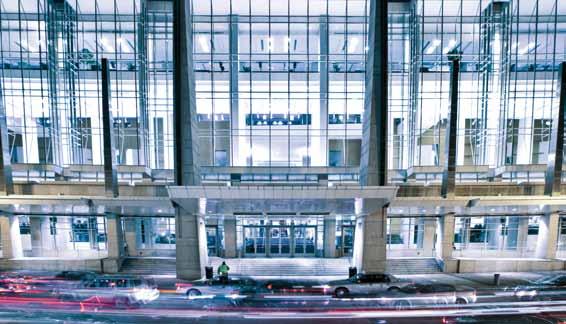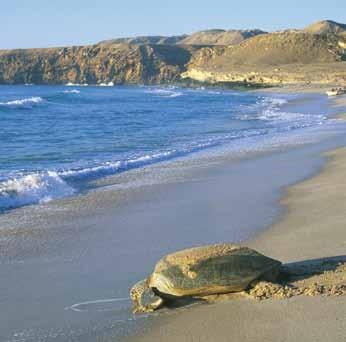
15 minute read
Oman’s unique habitat
by IGU
By Talib Suleiman Al Zakwani
x An endangered
green turtle on the beach at Ras al-Jinz.
xv Oman’s rich and
varied geography on display at Wadi Suwayh.
Oman has been described as “the secret of the Middle East”. The description itself is instructive because it expresses some of the fascinating phenomena that only Oman boasts. Situated in the south-eastern corner of the Arabian Peninsula, the Sultanate of Oman has been popular as an oasis of peace and tolerance. Its 3,165km coastline runs along the Arabian Sea, from the entrance of the Indian Ocean in the far south-west to the Sea of Oman and Musandam, where it overlooks the strategic Strait of Hormuz at the entrance to the Gulf.
From the snowfalls of Al Jebal Akhdar to the mountain peak of the Jebel Shams, the Sultanate of Oman hosts a few of nature’s wonders. One is located on the beaches of Ras al-Jinz. Here, endangered green turtles are allowed to maintain their own habitat.
As well as dominating the oldest and most important sea trade route in the world between the Gulf and the Indian Ocean, Oman is also interwoven by the old north-south and eastwest overland trans-Arabian caravan routes.
The landscape of Oman is strikingly varied and beautiful: cool, lofty mountains cut by deep gorges, simmering hot gravel planes, golden, high sand dunes and grey slate flats which attract tourists and geologists alike.
Modern state
The Sultanate is a modern state and its administrative divisions are among its best features. Oman’s modern Renaissance, now 47 years old, has managed what must have once seemed unimaginable but which has been achieved as a harvest of conscious, insightful leadership: a state of progress, prosperity and opportunity

that has touched its bounty on every Omani citizen. The citizen and government of the Sultanate have countless reasons, accumulated over two generations, to be proud of the leadership and to be grateful for its embodiment in His Majesty Sultan Qaboos Bin Said, Sultan of Oman.
When he laid the initial groundwork of the great project that has manifested in every part of the country today, HM Sultan Qaboos began a process that has elevated the example of the Sultanate, regionally and globally, to a level that recaptures past eminence and high points in its civilisation. He has never since assuming power paused or hesitated in the clarity or precision of his strategy for the advancement of the Omani society, guided by the realities of the local, regional and international context, and by the certainty of what was needed to move forward.
It took vision and perseverance to see the need for infrastructure development that would be both stable and sustainable over the long term, and to envision how this would be attained. Two fundamental and powerful insights spearheaded the transformation. Firstly, it would be necessary to rally and cement a unifying national spirit as a priority; as a binding force around which to build the development endeavour, which would flourish only in a

climate of security and stability. This was quickly and fully achieved. The second insight expanded on the first, recognising the need to embrace the citizen as full partner in the formulation and direction of the development process, so that the process itself might then be able to rely on the wealth of the engaged and intelligent human potential to carry it forward.
Modern economy
Oman has an economy in which oil provides the basic source of revenue and is used to finance the country’s infrastructure projects.
From the start of the Sultanate’s modern Renaissance on July 23, 1970, His Majesty Sultan Qaboos Bin Said began to lay the foundation of a diversified economy capable of meeting the needs of the Omani society and funding its programmes. Meanwhile, the fiveyear planning process, which the Sultanate adopted at an early stage of the modern state, has enabled it to develop the country robustly which guarantees that its oil revenue is distributed fairly throughout its far-flung regions.
Despite the challenges posed on the global economy in general by the fall in crude prices – and particularly to those economies that depend upon oil as a primary source of revenue – Oman’s position has remained strong thanks
z Enhanced oil recovery
techniques like those used here in Haweel will extend the life of Oman’s oil reserves.
A better world
With natural gas as the world’s cleanest and most ecient fossil fuel, Oman LNG’s operations near the Omani city of Sur, is helping to make for a better world. Since starting production in 2000, we have delivered over two thousand cargoes to customers, remaining a reliable supplier of liqueed natural gas that is helping to reduce carbon emissions and preserve the earth’s natural environment for future generations to enjoy.
For centuries, this beautiful coast-bound nation of Oman was a trade centre connecting dierent parts of the world through vibrant and ourishing commerce relations. Trade that supported lives in far lands. At Oman LNG, we continue that tradition of seafarers and commerce through bringing energy to many corners of the world.
Oman Liqueed Natural Gas LLC (Oman LNG) is a joint venture company established by a Royal Decree in 1994 operating under the laws of the Sultanate of Oman. The company engages in the business of producing and selling liqueed natural gas (LNG), and its by-product, natural gas liquids (NGLs) and operates three liquefaction trains at its plant in Qalhat, South Sharqiyah Governorate.
Hand-in-hand with our operations comes a strong health, safety and environment performance. Our recent achievement of 20 Million man-hours without a Lost-Time Injury (LTI) is testament to our HSE excellence, and an exemplary diligence and commitment to the safety of our people, environment, and communities where we operate. Our processes meet the highest of ISO standards, which we are proud to maintain every year and our ceaseless eorts to support the environment through the sponsoring of various initiatives such as the Turtle Research
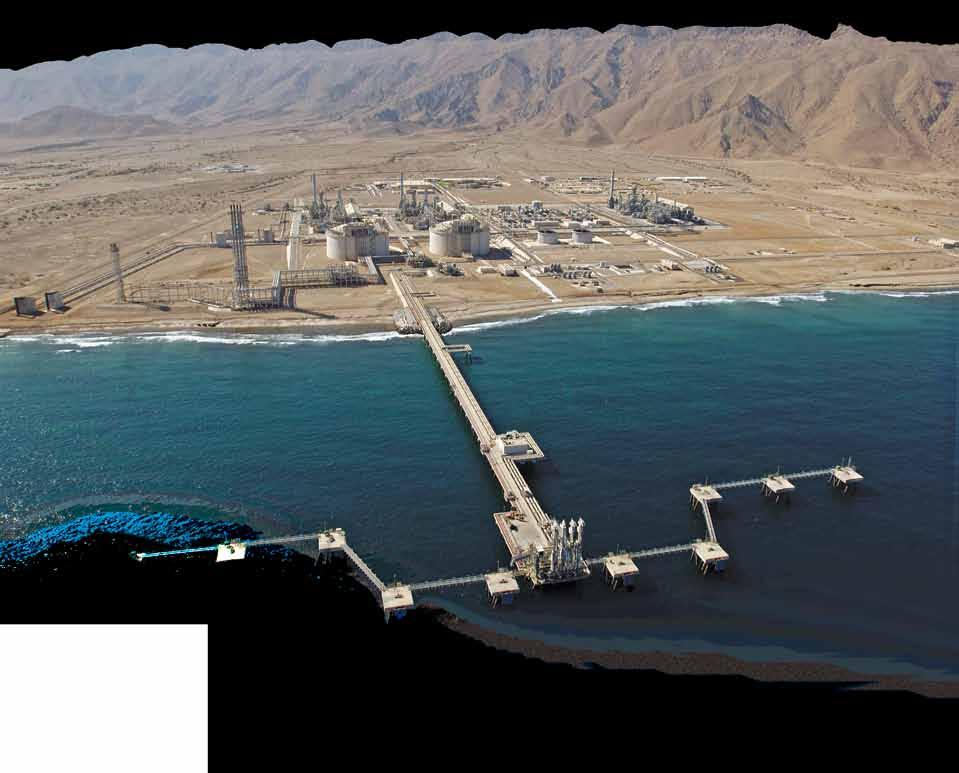
and Exhibition Centre in Ras al Jinz in the eastern region of the country boasting one of the world’s largest breeding beaches for Greenback Turtles. Additionally, Oman LNG is a key sponsor of the Environmental Society of Oman’s activities that range from indigenous species protection to the championing of waste reduction, reuse and recycle programmes. As a company our responsibility to our sta, contractors and the community is to provide a safe environment so that they can come to work and return home to their families, every day.
Through our empowerment philosophy, we continue to develop talent and help remove barriers to reach success. Our aim is to develop all sta to their fullest potential. We support in-country value through focused eorts towards developing local content and stimulating local business ventures by enabling Small Medium Enterprises (SMEs), a major cornerstone of Oman’s economy, to ourish and providing equal opportunities to compete for all service contracts.
The company is a corporately and socially responsible organisation by maximising benets to the employees, stakeholders and community and has a well-designed alignment between Corporate Social Responsibility (CSR) and business strategy, to ensure the strategic balance is maintained between
sustainable social development and the business.

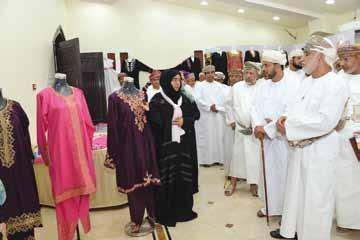
From powering large industries, to keeping homes warm and the lights on, Oman LNG’s your reliable energy partner.
Perpetual sustainable investments in the society of Oman
Corporate Social Responsibility (CSR) has been an integral part of Oman LNG with a focused objective: to deliver tangible value to Oman and its people through social investment by capitalising on the country’s natural gas resource. The company allocates annually 1.5% net income after tax (NIAT) to various social investment and sustainable programmes; a commitment set when the company was founded. In addition, before the rst cargoes left the LNG plant, the company invested in sustainable development projects for the community which speaks volumes about the company’s business principles; that Oman LNG’s initial investment in social development began even before the production line was fully functional.
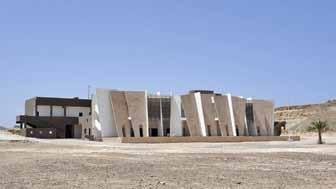
Today, Oman LNG’s CSR programmes span the entire nation and contribute to the socio-economic development of the country. Over the past sixteen years, the company’s social investment programmes have spanned the length and breadth of the country with over 4000 projects ranging from healthcare and education to preserving the environment and road safety; reecting its sincere interest to embed the principles of social responsibility as part of its core existence. Through strengthening the cooperation between the public and private sector, the

projects and programmes aim to supplement the national economy and ambitious development plans implemented in the Sultanate.
Oman LNG Development Foundation supports Oman LNG and the company’s ambitious vision and dedication towards CSR. The Foundation champions private sector contribution to the development of Oman and its people, through CSR and citizenship, as an active contributor to social and societal welfare, and through proactively addressing community needs.
to the stability of its own economy and its solid infrastructure, as well as the legislative framework supporting its economic and investment activities, the steady growth of its non-oil sectors and its trained and qualified national workforce. In addition, its general financial position, banking system, monetary policies and currency have remained solid and stable, so it is well placed to handle unexpected developments in the global financial markets.
The business environment
Oman has an open economic policy in its approach to the world markets and is a member of, and signatory to, several regional and international economic organisations and agreements.
The Sultanate of Oman has been able to captivate domestic and foreign investment thanks to a variety of positive factors including security, political stability, a free economy, a system that allows foreigners to own up to 100 per cent of projects, no restrictions on exporting funds and profits, no personal income tax and a standard tax rate of 12% annually for all Omani and foreign companies and establishments. The government also provides loans for a range of projects at low interest rates with comfortable repayment periods, as well as attractive company tax exemption for up to 10 years.
In a further move designed to improve the quality of its services for investors, the Ministry of Commerce and Industry introduced an E-Commercial Registration facility in June 2015 as part of its endeavour to upgrade its one-stop Invest Easy services. The E-Commercial Registration is one the Ministry’s main ‘Phase Three’ services, introduced as part of its programme aimed at upgrading its one-stop system. It is also a significant new initiative in the country’s e-service transformation process under which all the one-stop facilities will become self-service operations. This will enable the investor to complete all commercial admini- stration electronically, at any time from any location. As a result of its policies, foreign investment in the Sultanate is on the rise and its economic policies have won plaudits from around the world and it receives high ranking in international economic reports.
Strategic centre
Duqm lies safely outside the Gulf region but remains close enough to take full advantage of the continuous flow of energy supply.
Oman is deploying all efforts to transfer the Duqm area to a regional economic centre for trade, industry and investment, buoyed by a strategic location that boosts it as an emerging preferred destination to world economies in the wake of the new global trade shift towards the Indian Ocean.
Such global interest in the Sultanate of Oman, as a regional base and an important strategic centre of economic and trade globally, has expedited energies supervised by the Omani government through the established government entity, The Duqm Special Economic Zone Authority (SEZAD). Many people have described Duqm as a large workshop for projects that may leave a significant impact in the economies of the whole region.
Currently, the region is witnessing establishment of many mega-projects that will enhance its leading role in the industry, trade and investment fields.
SEZAD manages, regulates and develops all economic activities in Duqm. It plans, designs and implements long-term strategies for infrastructural development and attracts investments to promote a wide spectrum of economic activities. It also oversees the urban expansion of the modern Duqm city while protecting the environment, thereby positioning Duqm as the preferred destination to visit, live, work and invest in the Middle East.
SEZAD is the official reference for potential investors. Through its one-stop shop, it registers, licences and provides environmental



x A tanker docked at
Oman LNG’s plant at Sur.
approvals using the best international practices. Imports into the zone will be duty free. Competitive future regulations such as potential company and investment registrations, labour, trade, land, taxation and incentives will be announced in due course. Special economic zone (SEZ) regimes, land-lease rates and utility tariffs will be provided at attractive rates. The Duqm SEZ is a model of an integrated economic development composed of zones: a seaport, industrial area, new town, fishing harbour, tourist zone, a logistics centre and an education and training zone, all of which are supported by a multimodal transport system that connects it with nearby regions (e.g. the Arabian Gulf countries, Middle East, East Africa and South-east Asia). The Special Economic Zone is administered, regulated and developed
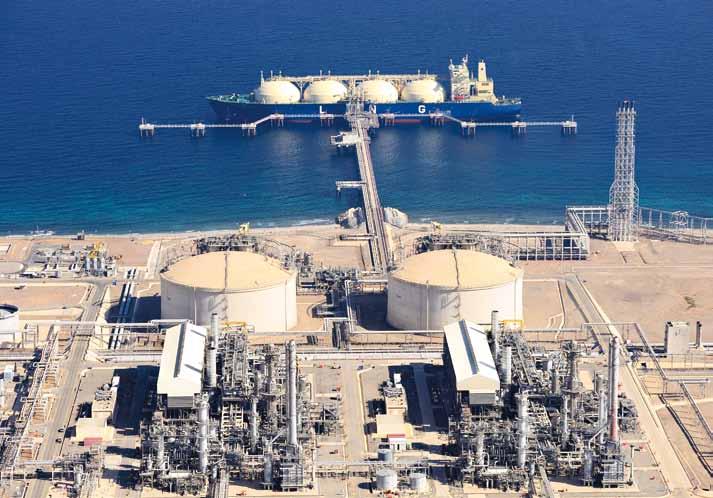
by the Duqm Special Economic Zone Authority, a financially and administratively independent government entity.
With land covering an area of 2,000km² and a 70km stretch of coastline along the Arabian Sea, the Duqm SEZ is the largest in the Middle East and North Africa region and ranks among the largest in the world. The Duqm SEZ has long been envisioned as the place that will balance regional development by energising the Al Wusta governorate in addition to diversifying sources of national income and creating job opportunities for Omanis.
Oman LNG
From the first export of oil that left the shores of Oman in 1967, the Sultanate had, over a period of two decades, become indelibly
associated with oil as the main enabler of its economy. But by the first half of the 1990s, Oman soon reached a new watershed in its illustrious history.
Through a landmark Royal decree issued by His Majesty Sultan Qaboos Bin Said in 1994, the groundwork for developing the country’s potential for gas was established to kick-start a vigorous effort geared towards utilising the nation’s gas resources. This would earn for the country a new kind of foreign revenue, supplementing income from oil and spurring far-reaching initiatives to grow the nation’s economy.
Oman LNG is a tribute to that insightful decree by His Majesty. Since delivering its first cargo to Korea’s KOGAS in 2000, the company has remained an enduring evidence of how Oman continues to fashion its progress while staying true to its traditional roots.
While revenue from the export of liquefied natural gas contributes heavily to the country’s gross domestic product, Oman LNG through operating a three-train liquefaction project in Sur is the largest single private company investor in social development activities in the Sultanate.
The company’s involvement spans many essential areas of the economy including health, education, agriculture, women’s development, sports, skills training, environment and culture, and has led to much advancement in these sectors.
Preserving old customs
It is an interesting contrast that the development of Oman’s LNG, a forward-looking fuel that many anticipate will eventually replace the wide usage of oil and coal in industries around the world, also contributes to enhance the preservation of Omani cultural heritage.
Oman LNG is a keen advocate and supporter of preserving the Bibi Maryam Tomb in Qalhat. The history of the tomb is said to date back to the 14th century when Qalhat, then a thriving

commercial nerve centre, was frequented by travellers like Marco Polo. After a ravaging earthquake and raiding by the Portuguese, the only enduring artefact of Qalhat’s impressive past is the tomb of Bibi Maryam, an outstanding woman who built “one of the most beautiful mosques in the world”.
The falaj water system, a source of irrigation in Oman, is another ancient infrastructure championed by Oman LNG. Though many centuries old, this system of water supply is an important source of water used for agricultural and domestic purposes in many parts of the country and is listed as one of UNESCO’s World Heritage sites.
The establishment of the Fath al Khair shipbuilding museum and current efforts by the company to maintain the Sunaysilah fort, both located in Sur, home to Oman LNG’s plant, when they become a realisation, will be central in ensuring valuable history lessons are preserved for the future Omani generations and the world.
Talib Suleiman Al Zakwani is Senior Communications Officer at Oman LNG.
z The Bibi Maryam Tomb
in Qalhat.
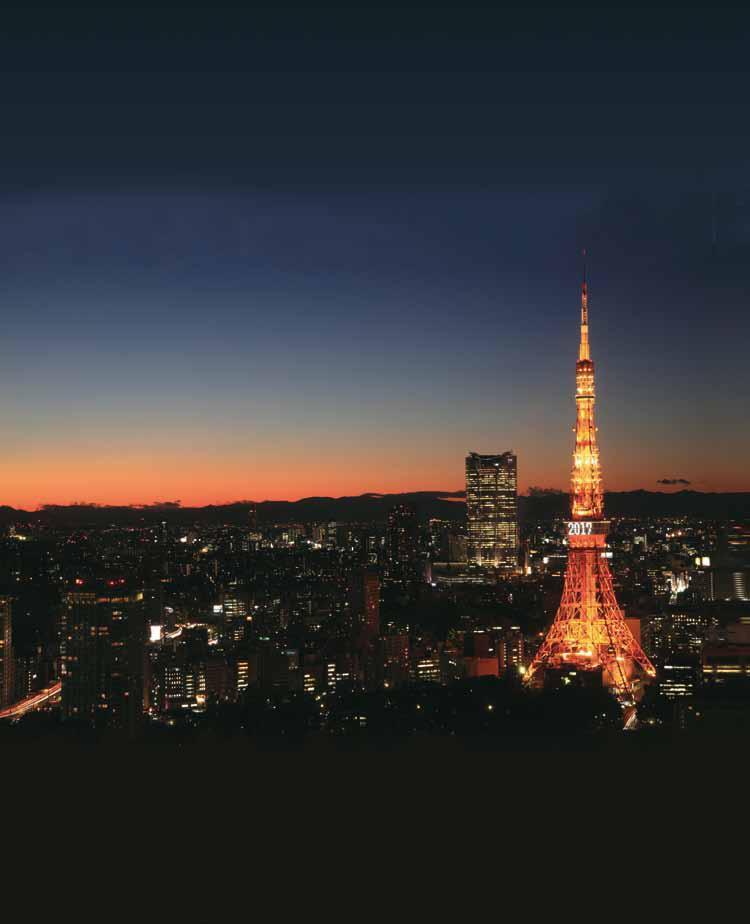
Focus on the work of IGU’s Committees and Task Forces
With research on next-generation fuels that reduce pollution and particulates, the Polish Oil & Gas Company (PNGiG) has put forward dimethyl ether, which can be indirectly produced from natural gas, as a solution for future land and marine transport.
China has huge shale gas resources but production looks set to be affected by a slowdown in the Chinese economy, which could have consequences for overall gas demand. IGU’s Gas Markets Committee Study Group considers demand profiles up to 2040.
As natural gas produces less carbon dioxide when burnt than other fossil fuels, as well as lower emissions of nitrous oxides, sulphur oxides and fine particulates, this versatile energy will remain a crucial resource in the coming decades. Research by a joint German and French team have been studying emissions from industrial manufacturing and the move towards more efficient heating processes.
However, the future of gas should not be taken for granted, as highlighted last November at the European Autumn Gas Conference on Public Acceptance and Advocacy in The Hague. A panel, put together by Marcel Hoenderdos, Chair of the IGU Study Group on Public Acceptance of Gas Projects, stated that a stronger relationship with society needs to be built.





